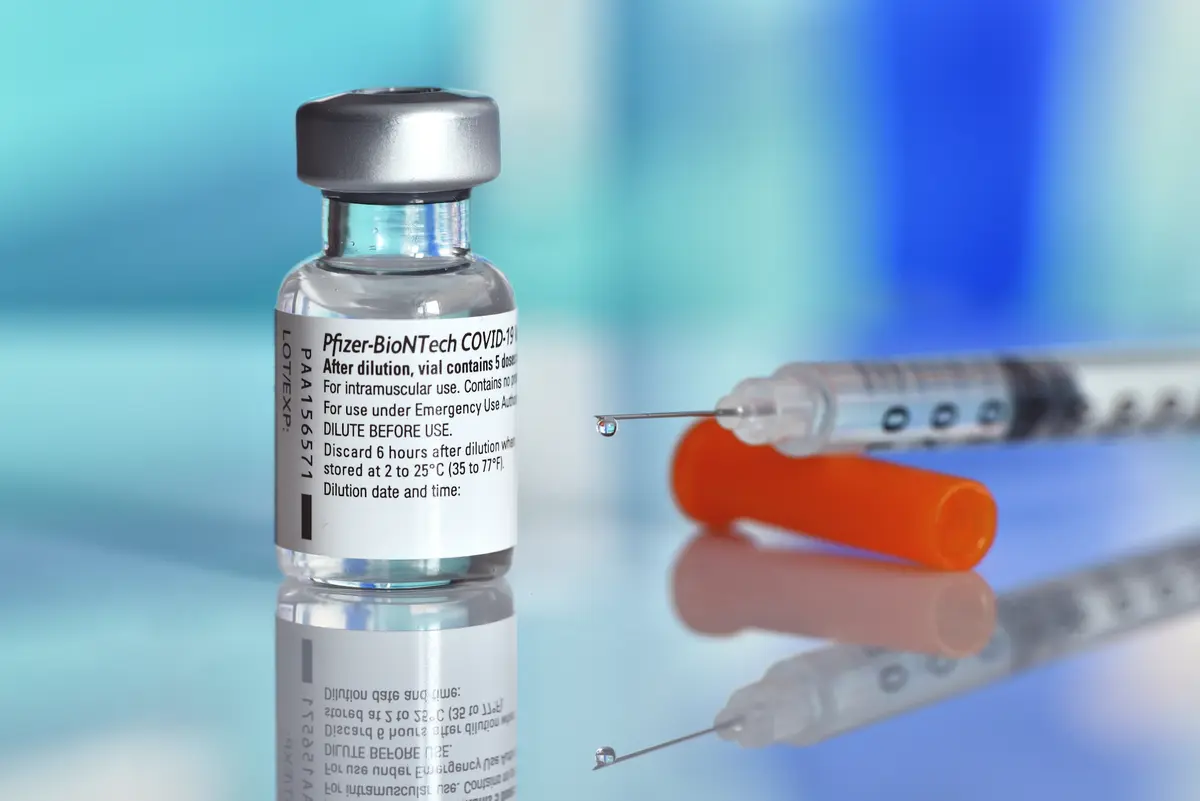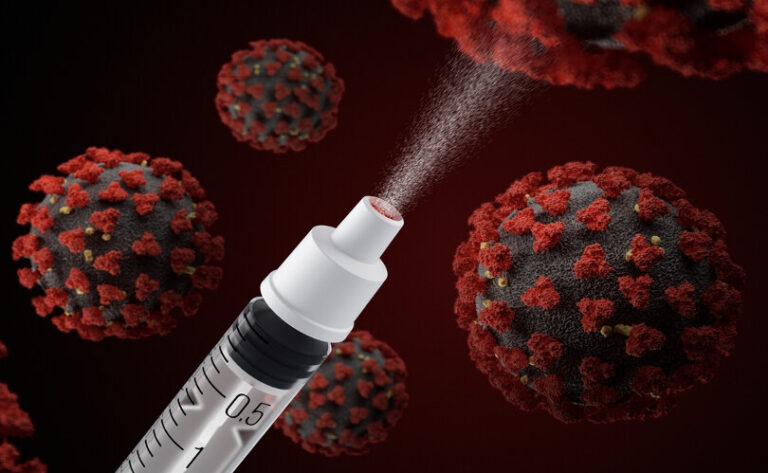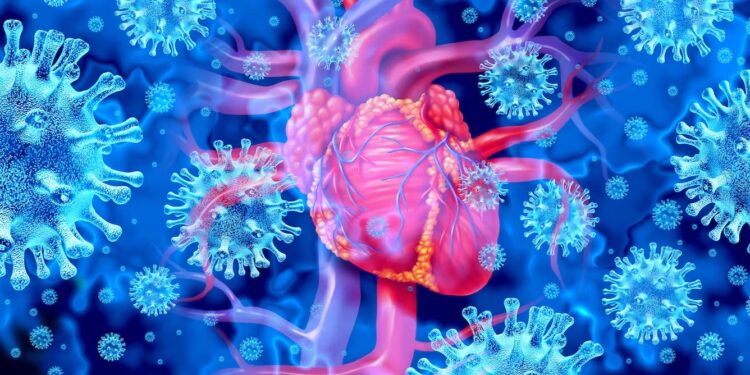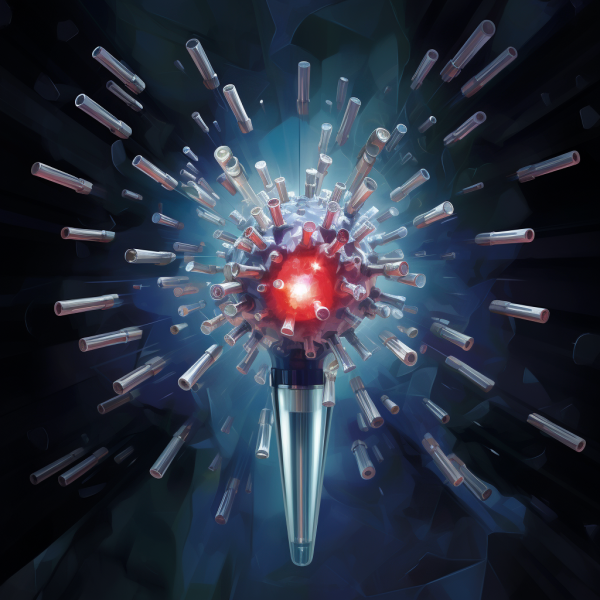Expert Panel Discusses Evidence of Unreported Genetic Contamination in COVID-19 Vaccines

A hearing of the World Council for Health called for an “immediate moratorium” on mRNA COVID-19 vaccines.
On October 9, an international panel of medical experts met with the World Council for Health (WCH) to discuss the previously unknown mix of genetic material discovered in the COVID-19 vaccines.
The virtual hearing included physicians, academics, and researchers from the United States, Germany, Canada, France, and Australia.
Based on the evidence, the panel recommended a “immediate moratorium on these novel genetic ‘vaccines.'”
The genetically contaminated vials in question were created using messenger ribonucleic acid (mRNA) technology, which includes Moderna and BioNTech/Pfizer products. Multiple undeclared genetic sequences were discovered in both Moderna and Pfizer vials, but one sequence was only discovered in Pfizer vials.
Although other vaccines using different immune protective strategies were developed and approved to combat and contain COVID-19, those made with mRNA technology were the regulators’ preferred choice and have remained the public’s most widely used option. These shots work by instructing the body’s mRNA to produce a spike protein resembling that of the SARS-CoV-2 virus. This technology has the advantage of training the immune system to recognize a specific viral threat without exposing the body to a potentially fatal infection.
Despite regulator approval and public acceptance of the COVID-19 vaccines, some research suggests that mRNA vaccines do more than just tinker with the body’s RNA—and may even alter DNA.
Health organizations, pharmaceutical companies, and fact-checkers have all disputed this claim. According to the Centers for Disease Control and Prevention (CDC), “the mRNA from a COVID-19 vaccine never enters the nucleus of the cell, where our DNA is kept.” This means that mRNA has no effect on or interaction with our DNA. COVID-19 mRNA vaccines, on the other hand, work with the body’s natural defenses to develop disease immunity safely.”
The US Department of Health and Human Services has a video that addresses this issue directly. “What the vaccine is doing is just helping your body do what it naturally does,” Dr. Janice Blanchard says in the video. “It’s not doing anything different. It’s not changing who you are. It’s not changing your DNA. It’s just helping you make these antibodies. And antibodies are what you make when you get sick already. You make specific antibodies to fight different types of diseases. So this is just helping you make an antibody that will fight COVID.”
On a page of its website addressing health misinformation, Pfizer states, “No, mRNA vaccines do not alter your DNA. In fact, they don’t interact directly with your DNA at all.”
DNA Contamination
The WCH hearing suggests that there may be more lurking in the mRNA vaccines than the public or regulators were led to believe.
The hearing focused on recent studies in which bacterial DNA was found in numerous Moderna and Pfizer vaccine vials. The contamination consists primarily of what are known as DNA plasmids—circular molecules of DNA found in bacteria and other microorganisms.
The discovery has even earned a hashtag: #plasmidgate.
“[This is] completely undeclared, completely illegal, and includes sequences for things other than the spike protein,” said Dr. Mark Trozzi, an emergency medicine specialist who also served as the hearing’s moderator. “This is a very serious problem and I don’t think it is in any way hyperbolic to talk about the genetic invasion of innocent people without their knowledge.”
Several studies have found plasmids in mRNA vials, but the initial discovery of this genetic contamination happened by chance earlier this year with a research project unrelated to the COVID-19 shot.
Kevin McKernan, founder of Medicinal Genomics and Human Genome Project team leader, was conducting an experiment in his Boston lab to determine how a viroid was causing a viral disease in cannabis fields.
As a positive control group for the project, Mr. McKernan and his team looked at mRNA vaccines designed for COVID-19. During the process, they discovered DNA in vials that the public was told did not contain any DNA.
Mr. McKernan was taken aback by the discovery and performed a second analysis on another set of vials, but the results were the same: they all contained plasmid DNA fragments. He discovered that the vials had 18 to 70 times the amount of DNA contamination allowed by the European Medicines Agency and the United States Food and Drug Administration.
Mr. McKernan explained during the WCH hearing that he sequenced nucleic acid in Moderna and Pfizer vials and discovered that up to 35% of it was DNA from bacterial plasmids. His findings have since been confirmed by other laboratories, including those in the United States, Japan, France, and Germany, with a recent study by molecular virologist David Speicher and colleagues finding unreported DNA in all 24 vials tested.
“To be clear, there should be no DNA present in the vials at all,” McKernan said in a statement.
While vaccine formulations have changed to address new variants since the start of the vaccine rollout, all shots, both monovalent and bivalent vaccines from Moderna and Pfizer, have tested positive for significant amounts of bacterial plasmids.
Manufacturer’s documents used by regulators to grant mRNA vaccine approvals make no mention of bacterial plasmids, leading Mr. McKernan to believe that once the trials were completed, drug makers distributed a different formulation.
“This is a big bait and switch,” McKernan explained. “[Those are] not the vials that were given to the public.”
Mr. McKernan discovered (and other researchers have confirmed) a particularly concerning genetic contaminant known as SV40 (simian virus 40). SV40 is widely used in genetic experiments to bind transcription factors and drive any DNA attached to into a cell’s nucleus.
“It’s actually a well-published tool for gene therapy,” said Mr. McKernan. “If you want to get DNA into the nucleus, this is the shuttle that you use to get it done.”
Following this discovery, Mr. McKernan’s team published their sequencing methods, allowing other researchers to identify the contamination faster than the traditional peer review process would allow. They created three different assays: one that looks for the bacterial origin of replication within the plasmid, another that looks for the spike protein, and a third that looks for the presence of SV40.
Mr. McKernan’s analysis was criticized for using expired vials. Other researchers who confirmed McKernan’s discovery discovered the same genetic material in many vials that had not expired.
A Japanese team was the first to replicate McKernan’s findings. Another more quantitative reproduction came from Phillip Buckhaults, a cancer genomics researcher at the University of South Carolina. Mr. Buckhaults testified on his findings before the South Carolina Senate Medical Affairs Committee in September 2023.
“It’s surprising that there’s any DNA in there,” said Mr. Buckhaults. “And I’m concerned about the potential consequences, both in terms of human health and biology.” However, you should be concerned about the regulatory process that allowed it to happen.”
How would DNA get into vaccine vials? According to Buckhaults, this plasmid DNA served as the template for the in vitro transcription reaction that produced the mRNA.
“I know this is true because I sequenced it in my own lab,” he told me.
Mr. Buckhaults believes that the DNA plasmids were simply chopped away during the manufacturing process because the vials were found to contain tiny DNA fragments—an estimated 200 billion pieces of plasmid DNA in each dose of the Pfizer vaccines.
“But they actually increased the hazard of genome modification,” he went on to say. “While this is a theoretical concern, solid molecular biology suggests that it could cause a sustained autoimmune attack against that tissue.” Furthermore, it poses a very real theoretical risk of future cancer in some people.”
However, Pfizer believes that such a worry is unfounded. Annaliesa Anderson, senior vice president and chief scientific officer of vaccine research and development for Pfizer, stated in a letter to the South Carolina Senate Medical Affairs Committee on October 16 that it was incorrect to state that a vaccine containing plasmid DNA could potentially impact a person’s DNA and pose a theoretical cancer risk.
“There is no evidence to support these claims and they provide the risk of being misconstrued by either Committee members and/or the public at large,” Ms. Anderson writes in her letter. “Small amounts of residual DNA can be found in several approved vaccines, including influenza and hepatitis vaccines, which have been administered globally for more than 30 years.”
Vaccine or Gene Therapy
Just before the public release of COVID-19 mRNA shots, public health agencies changed the definition of a vaccine to make room for the new product. However, some experts argue that mRNA shots should not be called vaccines because they differ significantly from traditional immunizations.
However, given post-marketing evidence that mRNA passes through breast milk from an injected mother to a nursing infant, there has been an even stronger push to rebrand mRNA shots as genetic therapies rather than vaccines.
During the WCH hearing, Jessica Rose, a biologist, biochemist, and data analyst, says it’s impossible to ignore the genetic altering potential of these shots based on new findings of plasmid contamination.
“Since there is DNA in the modified mRNA COVID-19 injectable products, these products, by any and all definitions, are gene therapies,” she went on to say. “Even if this was not the intended design, this is the result that we’re facing right now.”
Can plasmid DNA injected into the human body, on the other hand, really alter the human genome? Ms. Rose claims that there are already known mechanisms in these shots that can facilitate this transformation, known as lipid nanoparticles, which she describes as a “Trojan horse” that can infiltrate our cells.
“They are the little fat bubbles that package up this modified mRNA that may have hybrids and other things that allow direct entry into the cells.” “It’s like express delivery,” Ms. Rose explained.
With the recent discovery of SV40, this DNA delivery method could become even more powerful.
“SV40 promoters are among the strongest promoters in a wide variety of cell types derived from different species,” she said. “The question becomes, why weren’t these disclosed?”
Potential for Damage
If mRNA vaccines had the potential to alter our DNA, wouldn’t we have immune systems that could protect us from this influence?
According to Sucharit Bhakdi, a retired microbiologist, our immune system has the innate ability to recognize and eliminate any foreign cells. Consider the rejection of an organ transplant. This happens because our immune system does not tolerate foreign DNA, even if it comes from another species.
mRNA vaccines, according to drugmakers, only program the body to produce spike protein for a few days. However, independent research shows that the protein production mechanism lasts much longer. Furthermore, some experts are concerned that an extended period of foreign protein production may have long-term consequences.
“Ongoing production of any non-self protein causes long-term inflammation and organ damage throughout the body.” The vessel’s walls will be harmed. During the hearing, Mr. Bhakdi stated that “bleeding and blood clot formation are unavoidable consequences.” “Who hasn’t heard about the mysterious cardiac deaths that are happening all over the world?” They represent only the tip of the iceberg.”
Consider whether the vaccine contains packaged DNA plasmids that are delivered directly to the cell. Mr. Bhakdi claims that once these substances reach the nucleus, they have an increased proclivity to insert into chromosomal DNA, unleashing the potential for serious damage: “The possible consequences are endless.” Cancer and developmental defects can result from disruption of the finely tuned network that controls cell division and individuation. Mutations in sperm and fertilized egg cells may cause altered traits to be inherited. There are no cost-effective methods for reliably separating mass-produced RNA from plasmids. Contamination of RNA vaccines with plasmid DNA should thus be considered the norm rather than the exception.”





